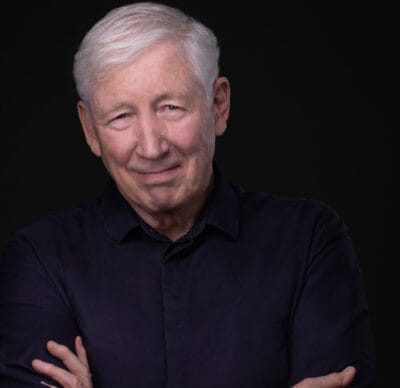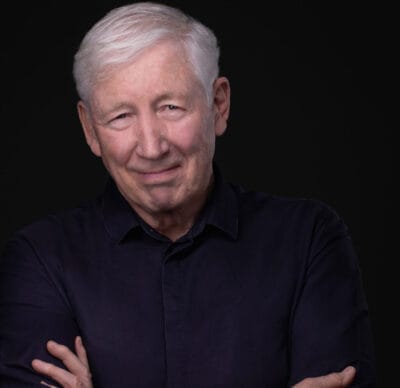
High Tech, High Touch: Kingsley Aikins discusses Networking, AI and the Dublin Leadership Summit 2025
As we adjust to a time dominated by artificial intelligence, automation and digital-first models, one question looms large for tech leaders: how do you build trust and meaning in human relationships while riding the wave of technological change?
That is one of the central themes Kingsley Aikins, known as the “guru of global philanthropy”, renowned expert networker and CEO of The Networking Institute, addressed in his recent interview. He’ll be sharing more in person at the upcoming Dublin Leadership Summit, to be held on October 2, 2025 at Leopardstown Racecourse, Dublin.
Kingsley Aikins, The paradox: embrace tech without losing touch
Aikins draws on a vivid metaphor when talking about modern leadership:
“Leaders have to be high tech and high touch. They must understand the potential, the power of technology, but they’ve got to understand that at the end of the day we’re human animals. We crave social contact.”
He worries that while technology was meant to bring us together, in many ways it is doing the opposite. There is plentiful evidence of how attention spans are fragmenting, social spontaneity is reducing and networks are shrinking.
For tech professionals especially, this calls for intentional balance. You cannot ignore the power of AI, data analytics and automation, and nor should you, but don’t underestimate the key role connection, trust and serendipity play in scaling companies.
“It’s like King Canute holding back the tide. You can’t stop what’s hurtling toward us, AI, automation, etc., but you can choose how you respond,” says Kingsley.
Why networking is core to scaling tech
Aikins warns that many founders and engineers focus exclusively on product and funding and neglect what he calls the “soft skills side”. Yet, he argues, those are often harder than writing code or building infrastructure.
He cites lessons from Google’s internal research (Project Oxygen and Project Aristotle) which found that technical ability was the least of the essential leadership traits. The rest; listening, emotional intelligence, team dynamics, all mattered far more.
To frame this, Aikins leans into the PIE theory of networking.
The PIE theory (Performance, Image, Exposure) was developed by Harvey Coleman, an American author and career development expert.
- P = Performance: the work you do. This is what gets you on the ladder.
- I = Image: reputation; what people say about you when you’re not there.
- E = Exposure: the visibility you cultivate; speaking, being seen, bridging networks. This is how you climb the ladder.
He cautions founders that doing stellar work is only the starting point. To truly progress, you also need to build a strong reputation and maintain visibility so that others think of you and trust you when opportunities emerge. Just as importantly, he reframes networking itself, acknowledging that networking has a somewhat grubby reputation. It is not about what you can get, but about what you can give. In every conversation, Aikins recommends asking:
- What can I do for you?
- If you were me, what would you do?
- Who do you know who … ?
These questions shift dynamics, build goodwill and move relationships beyond cold outreach to warm introductions.
The Summit as a proving ground
The Dublin Leadership Summit 2025 (DLS25) offers a unique chance to see Aikins’ philosophy in action. Hosted by AAB and The Dublin Network, the Summit runs from 10:30 am to 2 pm, concluding with a networking lunch.
Aikins, as MC and host, will guide a panel of Irish leaders in business, sport, science and innovation. Expect real conversations about leadership, growth, purpose and resilience in turbulent times.
For tech-oriented attendees, DLS25 offers more than presentations and speeches. It’s a live laboratory for connection. You’ll have access to senior peers, emerging leaders and cross-sector voices in a compact, high-intensity format. The networking lunch is an essential feature: it’s where the soft skill of approachability meets the deliberate strategy of forming new connections.
Networking in 2025 and beyond
Aikins warns that the COVID era has reduced our concentric rings of potential connection. We’ve retreated toward close contacts and ignored the weak ties.
As Kingsley explains, “The hidden cost of COVID is that our networks have shrunk. We’ve ignored the outer concentric ring where opportunity lies.”
He sees a new imperative for tech leaders: treat networking as a strategic function rather than a side hustle. The future will reward not only brilliance in code, product or data, but also strength in relationships, trust and reputation.
For any tech leader curious about how to scale both code and connections, Kingsley’s message of being high tech and high touch, will be essential.
See more breaking stories here.
